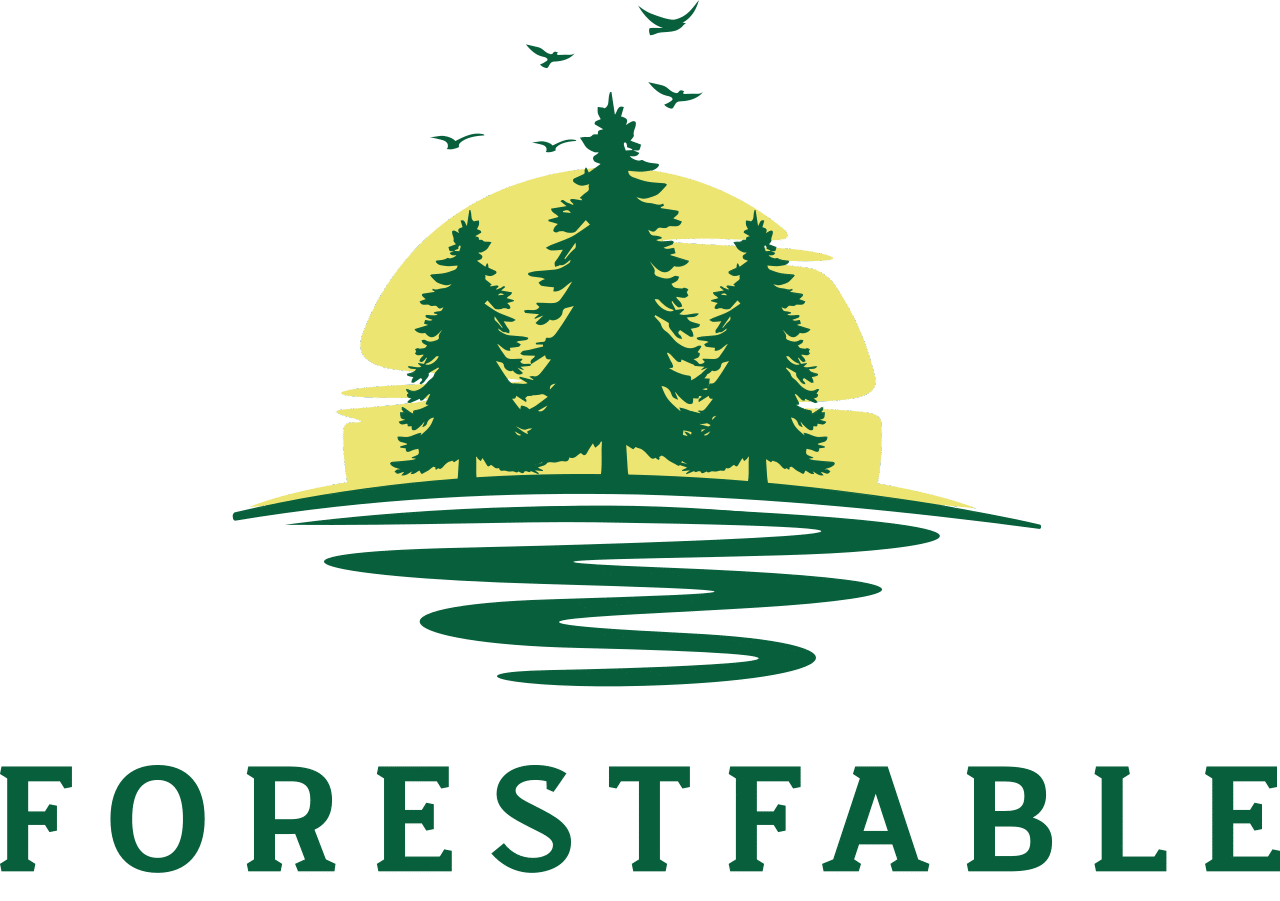The Family Forest: A Metaphor for Connection
The Family Forest is more than a poetic image—it’s a framework for understanding the intricate web of relationships that define our lives. Just as a forest thrives through the interplay of diverse trees, a family flourishes through the contributions of its members, past and present. Each ancestor is a sturdy trunk, their experiences the roots that anchor the family, while living relatives and future generations are the branches and leaves, reaching toward new horizons. This metaphor, inspired by the communal nature of forests, underscores the importance of connection, resilience, and legacy.
In 2025, genealogy has surged in popularity, fueled by accessible DNA testing, online archives, and a growing desire to understand one’s heritage. According to Ancestry.com, over 20 million people have taken DNA tests to uncover their roots, reflecting a global yearning for identity and belonging. Social media platforms like X highlight stories of people discovering long-lost relatives or unearthing surprising ancestral tales, making the Family Forest a timely concept for reconnecting in a fragmented world.
Walking through this forest means engaging with your family’s history, celebrating its diversity, and nurturing its future. Below, we explore five key reasons to embark on this journey, followed by practical steps to navigate your Family Forest with purpose and joy.
Why Walk the Family Forest?
1. Uncover Your Roots and Identity
Tracing your family’s history is like digging into the soil of your Family Forest, revealing the roots that ground you. Genealogy offers insights into your cultural, ethnic, and historical origins, helping you understand how your ancestors’ lives shaped your own. For example, discovering a great-grandparent who immigrated during a historical event, like the Great Migration, can provide context for your family’s values and traditions.
In 2025, DNA testing services like 23andMe and MyHeritage provide detailed ethnicity estimates and migration patterns, often connecting users to distant cousins. A post on X by @GenealogyGuru shared a story of a user who learned their family descended from a 19th-century Irish poet, inspiring a newfound pride in their heritage. Uncovering these roots fosters a sense of identity, grounding you in a narrative larger than yourself.
2. Strengthen Family Bonds
Walking the Family Forest is a communal act, inviting you to connect with living relatives and share stories. Organizing family reunions, interviewing elders, or collaborating on a family tree can deepen relationships and bridge generational gaps. According to a study from PMC, strong family connections reduce loneliness and improve mental health, making these interactions vital in an increasingly isolated world.
For instance, hosting a virtual family storytelling night via Zoom, as suggested by FamilySearch.org, allows relatives to share memories, from a grandparent’s wartime experiences to a cousin’s childhood antics. These moments weave the branches of your Family Forest closer together, fostering unity and understanding.
3. Preserve Legacy for Future Generations
Every family has stories worth preserving, whether it’s a recipe passed down for generations or a tale of resilience during hardship. Documenting these narratives ensures that the leaves of your Family Forest—your children and grandchildren—inherit a rich legacy. In 2025, digital tools like StoryWorth and Ancestry’s Family Tree Maker make it easy to record oral histories, upload photos, and create keepsake books.
A post on X by @HeritageHunter praised a family who compiled a digital archive of their great-aunt’s letters from the 1940s, preserving her voice for future generations. By walking the Family Forest now, you become a steward of your family’s history, ensuring it thrives for years to come.
4. Discover Unexpected Connections
The Family Forest often reveals surprises, from distant relatives to historical figures. Genealogy platforms like Ancestry and MyHeritage use AI to match users with others sharing common ancestors, sometimes uncovering cousins across continents. A New York Times article recounted a woman who discovered a connection to a Revolutionary War hero, sparking a family pilgrimage to historical sites.
These discoveries add new branches to your Family Forest, enriching its diversity. They also remind us of our shared humanity, as every family’s story intersects with broader historical and cultural narratives, from the Transatlantic Slave Trade to global migrations.
5. Heal and Reflect Through Storytelling
Exploring your Family Forest can be a cathartic journey, allowing you to process inherited traumas, celebrate triumphs, and find meaning in your family’s story. For example, learning about an ancestor who overcame adversity, like surviving a pandemic or rebuilding after a war, can inspire resilience in your own life. According to Psychology Today, storytelling within families promotes emotional healing and strengthens identity.
In 2025, workshops on narrative therapy, offered by organizations like the National Genealogical Society, encourage families to share and reflect on their histories. Walking the Family Forest becomes a way to honor the past while fostering hope for the future.

How to Walk the Family Forest: Practical Steps
Embarking on your Family Forest journey is both exciting and rewarding. Here’s a step-by-step guide to start exploring your family’s history in 2025, blending traditional methods with modern tools.
Step 1: Start with What You Know
Begin by gathering information from family members. Interview parents, grandparents, or aunts and uncles, asking about names, birthplaces, marriages, and significant events. Use open-ended questions like, “What was life like for your parents?” or “What stories did your grandparents tell?” Record these conversations using apps like Voice Memos or Otter for easy transcription.
Create a simple family tree, starting with yourself and branching out to parents, grandparents, and beyond. Free templates on FamilySearch.org or Canva make this process accessible. This initial step lays the foundation of your Family Forest, identifying key trunks and roots.
Step 2: Dive into DNA Testing
DNA testing is a powerful tool for uncovering your Family Forest’s deeper roots. Services like AncestryDNA, 23andMe, and MyHeritage offer kits (typically $59–$99) that analyze your genetic makeup and connect you to relatives. In 2025, these platforms provide detailed reports on ethnicity, migration patterns, and health predispositions, as noted by Forbes.
After receiving results, explore matches to find distant cousins or verify family stories. For example, a user on X (@DNADiscoveries) shared how a DNA match confirmed their great-grandfather’s Native American ancestry, adding a new branch to their forest. Always review privacy settings to control how your data is shared.
Step 3: Explore Online Archives
Digital archives are treasure troves for tracing your Family Forest. Websites like Ancestry.com, MyHeritage.com, and Findmypast.com offer access to census records, birth certificates, immigration logs, and military documents. Many libraries, such as the New York Public Library, provide free access to these databases in 2025.
Search for ancestors by name, birth year, or location, cross-referencing with family stories. For instance, finding a great-uncle’s draft card from World War I can reveal details about his life and service. Be patient, as records may be incomplete or misspelled, especially for marginalized communities.
Step 4: Connect with Relatives
Reaching out to living relatives, especially distant ones, can enrich your Family Forest. Use DNA match features on testing platforms to contact cousins, or join genealogy forums like Reddit’s r/Genealogy for advice. Social media, particularly X, is a great place to find family history groups or post queries about your surname or region.
Organize a family reunion, virtual or in-person, to share findings and collect new stories. A FamilySearch guide suggests themed events, like a “Heritage Night” where relatives bring photos or heirlooms. These connections strengthen the canopy of your Family Forest, fostering a sense of community.
Step 5: Preserve and Share Your Findings
Document your Family Forest to ensure its legacy endures. Create a digital or physical family tree using software like Ancestry’s Family Tree Maker or Gramps (free and open-source). Upload photos, letters, and audio recordings to cloud-based platforms like Google Drive or Forever.com for safekeeping.
Consider publishing a family history book through services like Blurb or StoryWorth, which compile stories into keepsake volumes. Share your findings with relatives via email newsletters or a private family website, encouraging contributions. This step ensures the leaves of your Family Forest—future generations—inherit a vibrant legacy.
Tools and Resources for 2025
To make your walk through the Family Forest seamless, leverage these tools and resources:
- DNA Testing: AncestryDNA, 23andMe, MyHeritage for genetic insights.
- Genealogy Platforms: Ancestry.com, FamilySearch.org, MyHeritage.com for records and trees.
- Archival Access: Findmypast.com, Archives.gov, or local libraries for historical documents.
- Storytelling Apps: StoryWorth, Otter, or Voice Memos for recording oral histories.
- Community Groups: Join the National Genealogical Society, local historical societies, or X communities like #GenealogyChat.
Many of these platforms offer free trials or basic accounts, making genealogy accessible to all budgets. Check X for discount codes, as users like @FamilyTreeFan often share promotions.
Challenges and Considerations
Walking the Family Forest can be deeply rewarding, but it comes with challenges:
- Incomplete Records: Historical records may be missing, especially for enslaved or marginalized groups. Use oral histories and community archives to fill gaps.
- Emotional Discoveries: Uncovering stories of trauma, like displacement or loss, can be difficult. Seek support from family or therapists if needed.
- Privacy Concerns: Be cautious when sharing DNA or personal data online. Review platform policies and limit public access to sensitive information.
- Time Commitment: Genealogy requires patience, as tracing ancestors can take months or years. Set small goals, like identifying one generation, to stay motivated.
Despite these challenges, the journey is worth it, as each discovery adds depth to your Family Forest.
Why This Matters in 2025
In a world marked by rapid change and digital overload, the Family Forest offers a grounding force, reminding us of our place in a larger story. The rise of genealogy reflects a collective desire to reclaim identity and connection, as evidenced by millions exploring their roots through DNA tests and archives. In 2025, with global challenges like climate change and social division, understanding our shared heritage fosters empathy and resilience, weaving a stronger human canopy.
The Family Forest also aligns with cultural trends toward storytelling and legacy. From bestselling memoirs to Netflix documentaries like Finding Your Roots, people are hungry for narratives that connect past and present. By walking this forest, you contribute to this movement, preserving your family’s unique place in history.

Final Thoughts
Taking a walk through the Family Forest is an invitation to explore the roots, branches, and leaves of your family’s story, uncovering the connections that shape your identity. By tracing your ancestry, strengthening bonds, preserving legacies, discovering surprises, and reflecting on your heritage, you cultivate a deeper sense of belonging and purpose. In 2025, with tools like DNA testing, online archives, and storytelling apps at your fingertips, this journey is more accessible than ever.




